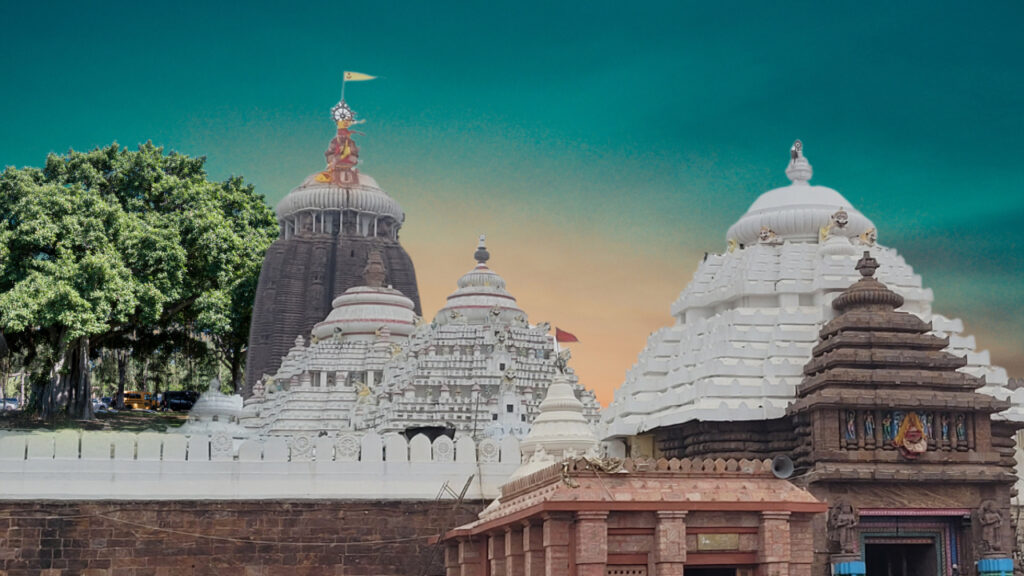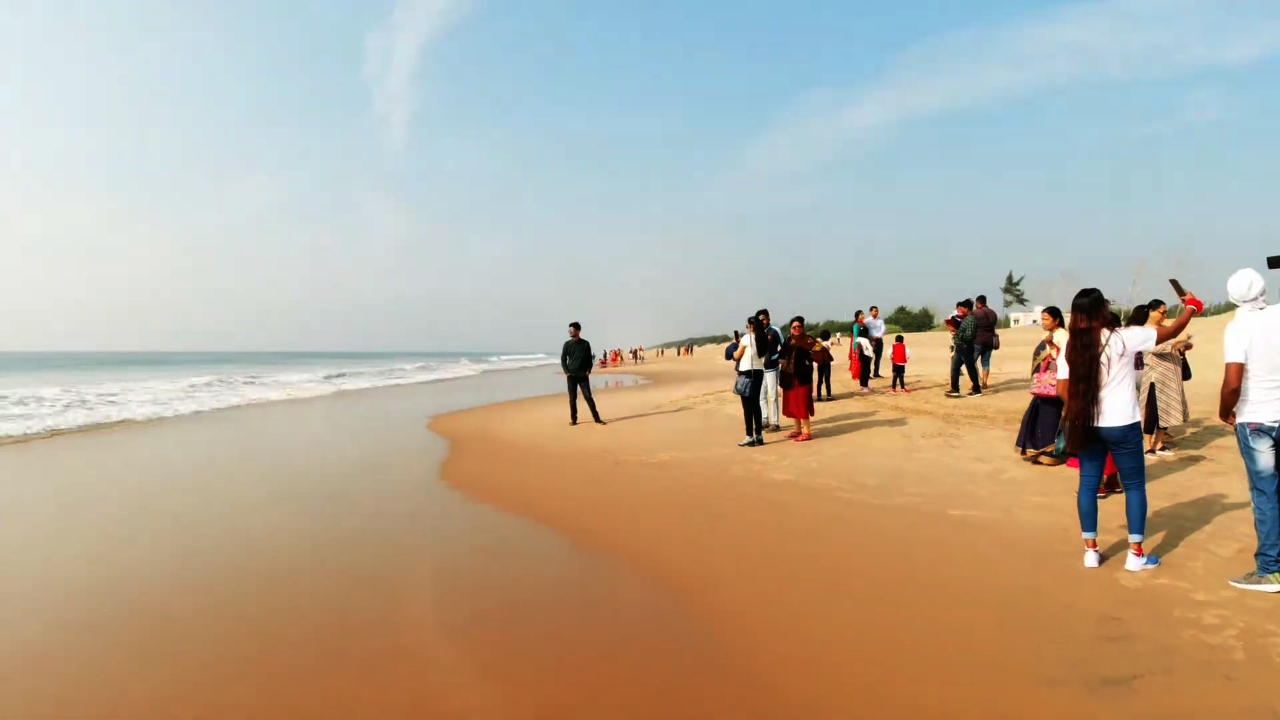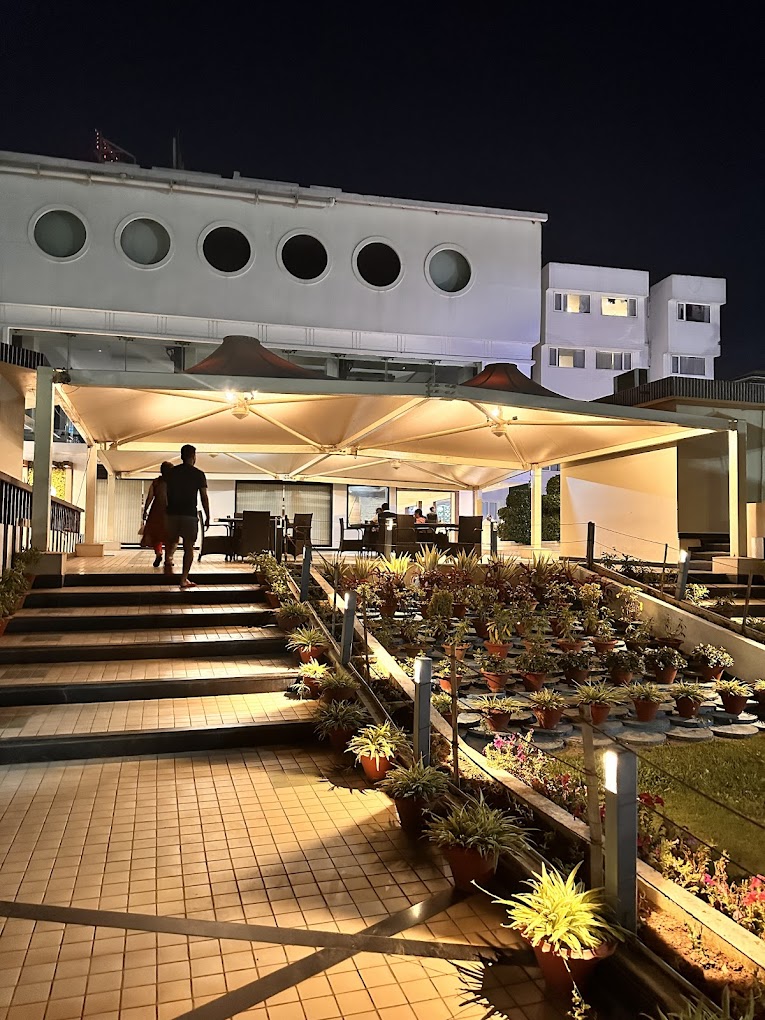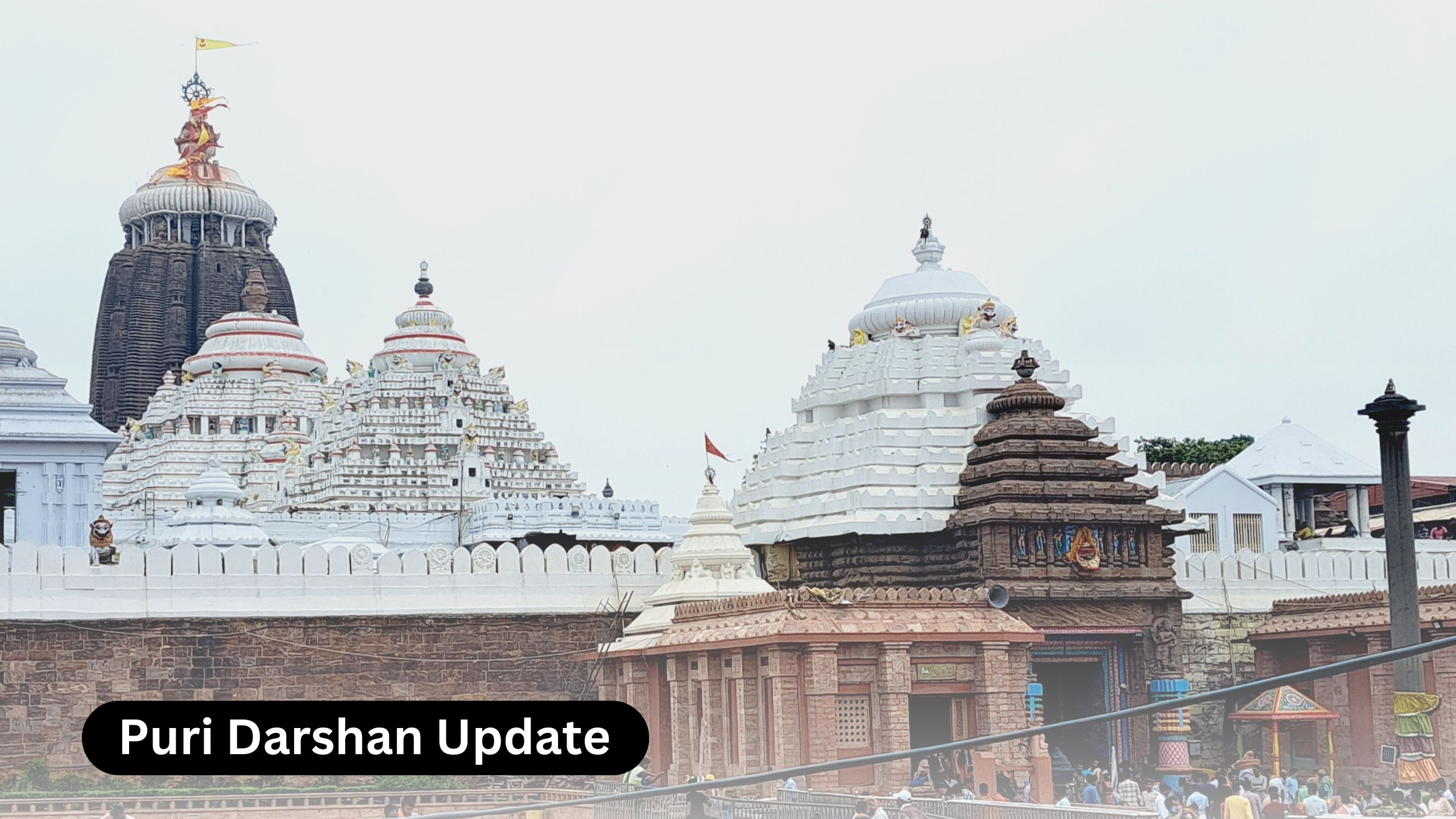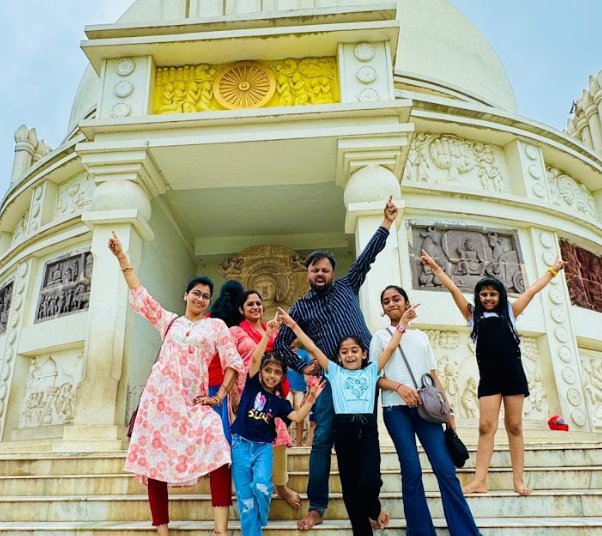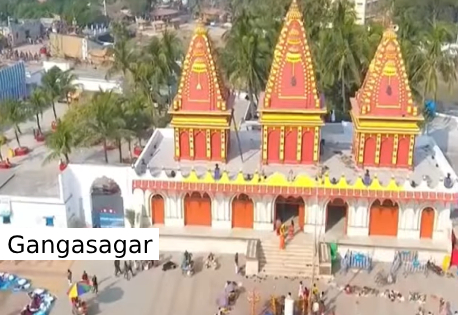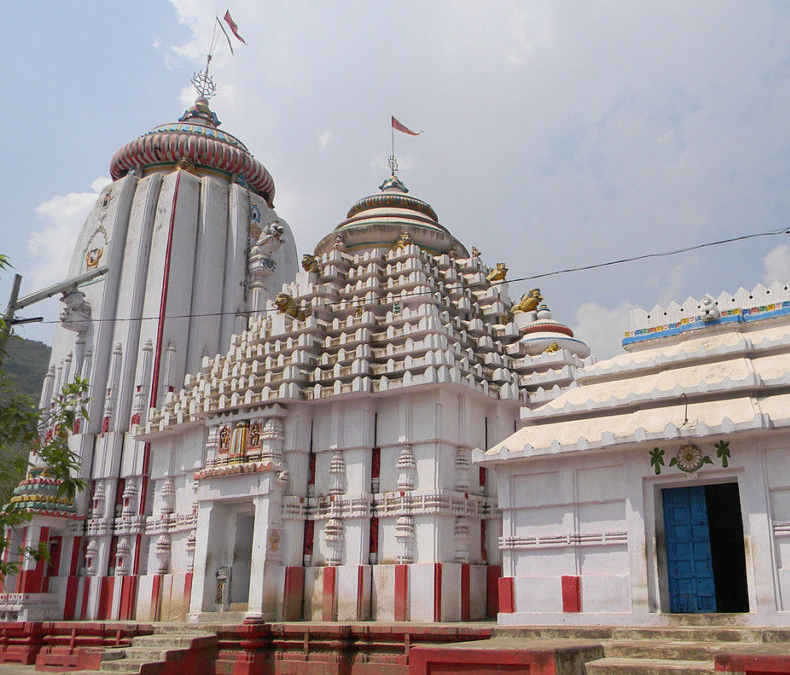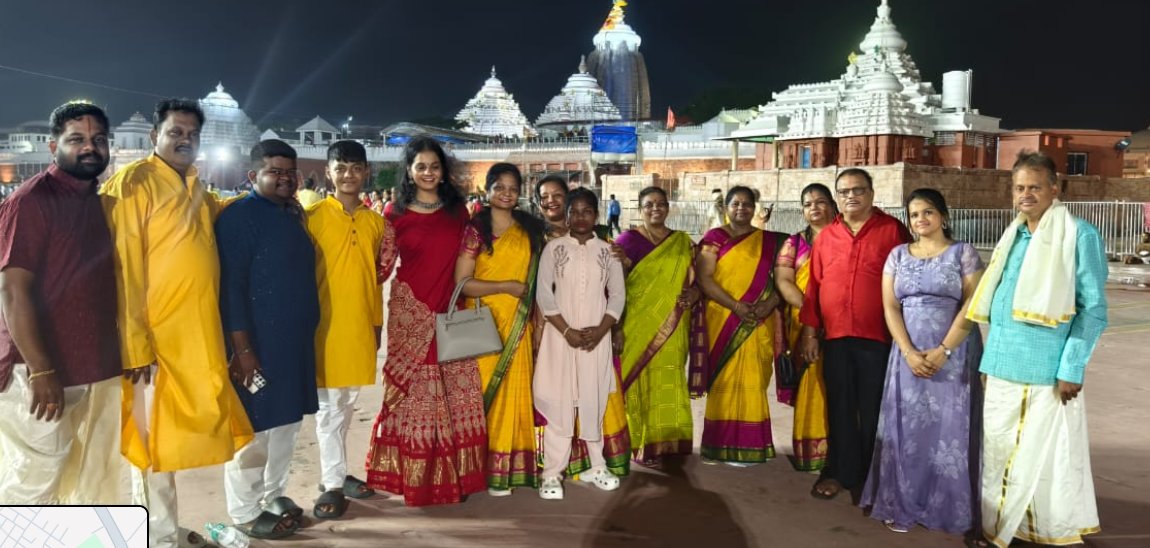About Kalapabata (Kalpa Brukhya)
Kalapabata, also known as Kalpa Brukhya, is a revered banyan tree located within the sacred premises of the Jagannath Temple in Puri, Odisha. Kalapabata is a sacred banyan tree located within the premises of the Jagannath Temple in Puri. Ancient tree holds immense spiritual significance and is believed to be a wish-fulfilling tree, or Kalpavriksha.
To legend, it has withstood the test of time, even during the great deluge, and is associated with various mythological and historical events. Devotees flock to Kalapabata, seeking blessings and fulfillment of their desires, making it an integral part of the temple’s spiritual landscape.
The word ‘Kalpa’ denotes two meanings. Firstly, it means tense or time. When added with Bata it takes new meaning i.e. the age old tree (Jagannath Temple 500-year-old tree). Kalpabata exists since time immemorial. It is the oldest among many old things those are still remaining in Puri Jagannath Temple.
Puranic Sources this sacred tree has been staying in all ages i.e. Satya, Tretaya, Dwapara and Kali. we can say Kalpabata as the wish fulfilling tree.
Kalpabata is situated in the centre point (Navisthala) of Sankhakhetra Puri. It is surrounded by small temples of different deities like Bateswar Mahadeva, Bata Krishna, Bata Balamakunda, Bata Madhava, Bata Ganesh, Bata Mangala, Bata Jagannath and Bata Markandeya.
Origin of Kalpabata
It is very difficult to determine the origin of Kalpabata. It is said that during the annihilation of the entire world, Kalpabata was not immersed in the water. Maharshi Markandeya saw baby Vishnu floating on a bata leaf at the top of the grand banyan tree. Kalpabata is worshipped as Vishnu, and its four branches are compared to the four arms of the Lord. Vyasadeva believed that Kalpabata originated from the body of Lord Vishnu, so the darshan of this tree is considered highly auspicious.
Skanda Purana provides a vivid description of this tree and the benefits of visiting it. During the Mahabharata Age, Kalpabata was known as Devanasana Bata because the auspicious pillar of the Mahabharata war was erected from its branch. Sarala Das also specifically described this tree. Later, Mahapurusa Achyutananda Das attained enlightenment and supernatural powers here.
Kalpabata is also linked with Kaka Bhusanda. Bhusanda Kaka was cursed by Saint Lomasa and sat worried under Kalpabata, searching for liberation from the curse. Rohini Kunda, situated near Kalpabata, played a crucial role in his salvation. Kaka Bhusanda fell into Rohini Kunda, attained salvation, and transformed into four-armed Vishnu. Since then, he has been worshipped as Bata Narayan near Kalpabata.
Significance of Kalapabata
Kalapabata is not just an ordinary tree; it is believed to be a divine presence within the temple complex. Tree is situated near the main temple (Jagannath Temple) and is often associated with various legends and rituals. Devotees believe that the tree is a manifestation of Lord Jagannath himself, and it is a place where many come to seek blessings and solace.
Myths and Legends of Kalapabata
Several myths surround the Kalapabata, adding to its mystique. One popular legend states that the tree is the abode of the goddess Durga, who protects the temple and its devotees. Another tale suggests that the tree has witnessed numerous historical events, including the arrival of various saints and kings who came to pay their respects to Lord Jagannath.
Rituals and Practices
Devotees often perform rituals at the Kalapabata, including tying threads or cloth to its branches as a symbol of their wishes and prayers. It is believed that if one ties a thread and prays sincerely, their wishes will be granted. Practice has made the tree a focal point for many seeking divine intervention in their lives.
Truth Behind Kalapabata
While the legends and rituals surrounding Kalapabata are fascinating, it is essential to understand the historical and cultural context of the tree. Kalapabata is a symbol of the deep-rooted traditions of the Jagannath Temple and reflects the rich tapestry of beliefs that have evolved over centuries.
Tree’s presence serves as a reminder of the connection between nature and spirituality, emphasizing the importance of preserving our environment. Temple authorities have taken steps to protect the Kalapabata, ensuring that it remains a vital part of the temple’s heritage.
Kalapabata is more than just a tree; it is a symbol of faith, tradition, and the enduring connection between the divine and nature. As visitors explore the Jagannath Temple, they are encouraged to take a moment to appreciate the significance of Kalapabata and the stories it holds.
